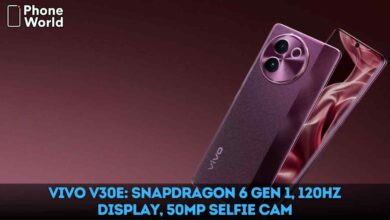Pakistan Researcher Dr. Ali Imran Invents Neuromorphic Vision Sensor

Pakistan Researcher, Dr. Ali Imran and Prof. Xu Mingsheng recently invented a Neuromorphic Vision sensor at Zhejiang University, China. The invention was made in collaboration with international scientists from the State University of New York, United States of America, the National Institute for Materials Science, Japan, and Sejong University, South Korea. The newly invented device can be used to drive vision sensors. Moreover, it can perform neuromorphic functions including sensing, learning, memorizing, and decision-making at the single-sensor level. In this way, you can integrate sensing, processing, and data storage within a single device. The best part about this device is that it can be easily fabricated at the industrial scale.
Pakistan Researcher Achieves A Milestone in Artificial Vision
The team discovered an easy method to fabricate the HfAlO interfacial layer, which has ferroelectric properties. They then used atomic layer residue to achieve this interfacial layer. The layer was further integrated with monolayer Graphene to form a ferroelectric field effect transistor.
The device structure is quite reliable when operated properly. It can be utilized for longer periods without performance degradation. Sources claim that the projected market size for Global Neuromorphic Computing is expected to reach USD 8,275.9 million by 2030, with an impressive Compound Annual Growth Rate of 85.73% from 2021 to 2030. Dr. Ali, a senior researcher in optoelectronics stated:
“I will continue making efforts to promote China-Pakistan friendship, not only in culture but also in the future of advanced technology. I wish for more collaboration between Chinese and Pakistani universities.”
Dr. Ali thinks that a paradigm shift in Pakistani universities’ research towards addressing industry problems can help to decipher economic challenges.
How does The Device Work?
The function of the sensor starts with light absorption in Silicon. It converts the optical energy into photovoltage. After that, the ferroelectric HfAlO layer is polarized. The smart Graphene channel senses these modifications and transfers the signal to the output. The persistent weak light signals finally form an image pattern, which identifies the objects, digits, images, or human faces.
Neuromorphic computing can be used for security purposes. The ongoing development and deployment of neuromorphic chips for brain-inspired robotics and intelligent robotic systems will create tremendous opportunities for market players throughout the forecast period.
PTA Taxes Portal
Find PTA Taxes on All Phones on a Single Page using the PhoneWorld PTA Taxes Portal
Explore NowFollow us on Google News!





